Find Help
More Items From Ergsy search
-
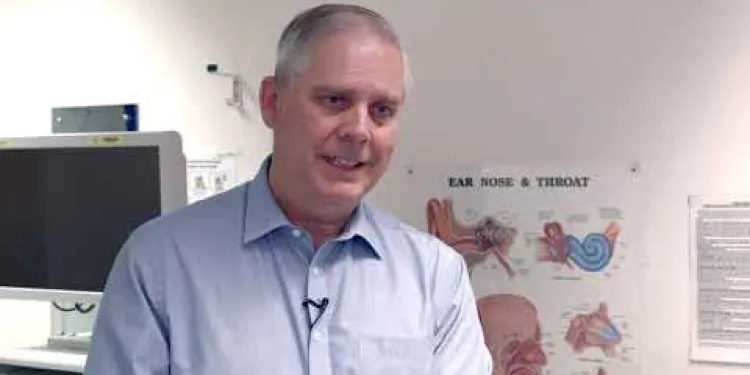
Evidence-Based Interventions: tonsillectomy for recurrent tonsillitis surgery
Relevance: 100%
-

Evidence-Based Interventions: haemorrhoid surgery
Relevance: 43%
-

Help with tonsillitis
Relevance: 38%
-
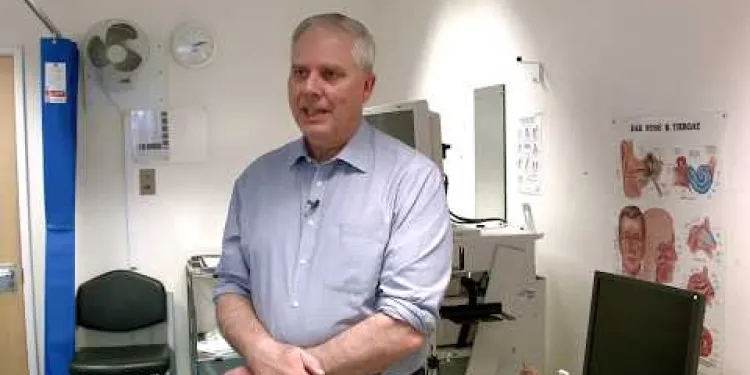
Evidence-Based Interventions: snoring surgery in the absence of Obstructive Sleep Apnoea (OSA)
Relevance: 36%
-

How to treat tonsillitis | NHS
Relevance: 33%
-

Evidence-Based Interventions: breast reduction
Relevance: 31%
-

Evidence-Based Interventions: injections for non-specific low back pain without sciatica
Relevance: 26%
-
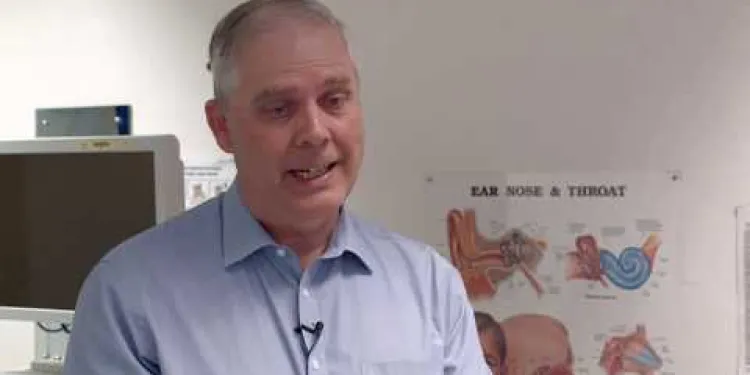
Evidence-Based Interventions: grommets for glue ear in children
Relevance: 26%
-

What is the likelihood of needing surgery for suspected appendicitis?
Relevance: 17%
-
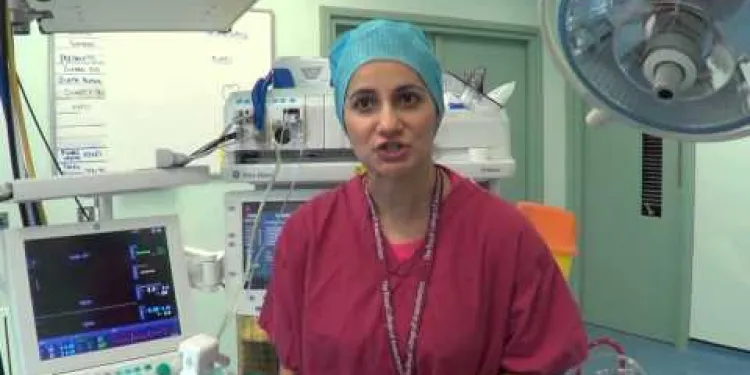
Enhanced Recovery After Surgery in Forth Valley
Relevance: 16%
-
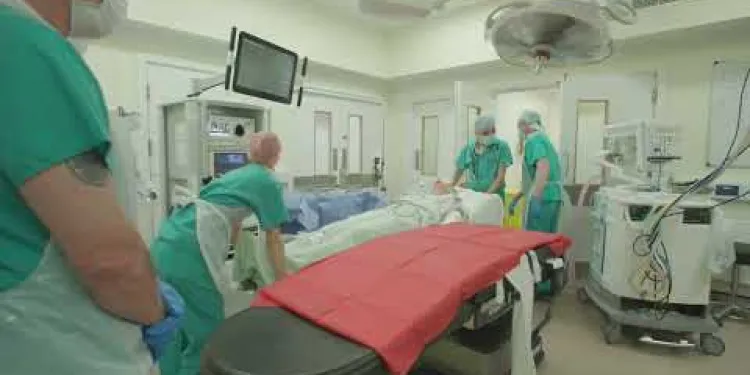
Prostate Surgery
Relevance: 16%
-

Weight Loss Surgery
Relevance: 15%
-
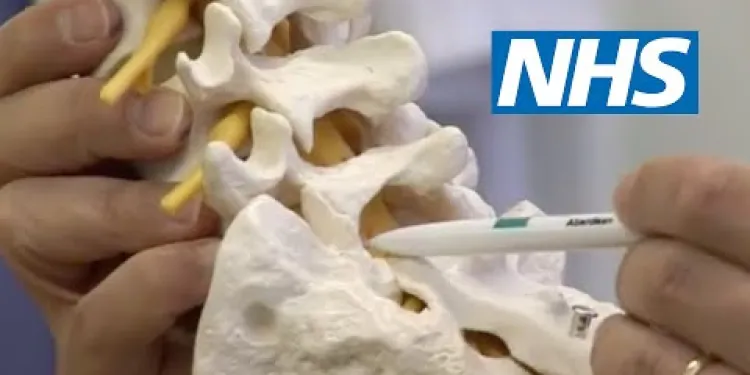
Lumbar surgery | NHS
Relevance: 15%
-
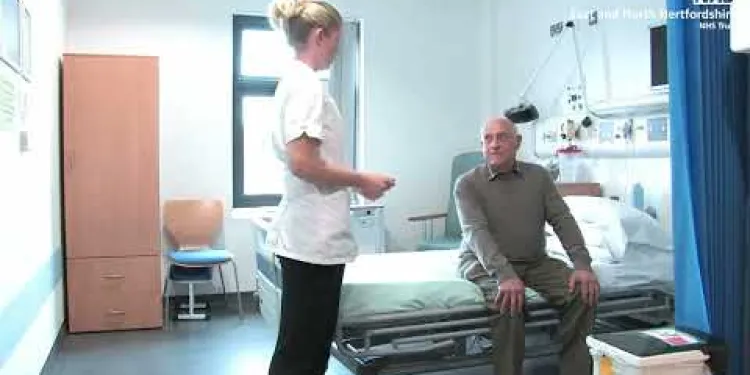
A journey to hip surgery
Relevance: 15%
-
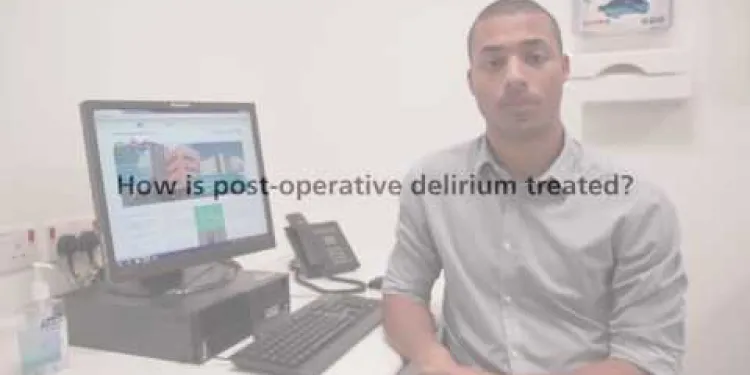
Experiencing delirium after surgery
Relevance: 14%
-

Is surgery necessary for Crohn's disease?
Relevance: 14%
-

How can early intervention help children with autism?
Relevance: 14%
-

Can Carpal Tunnel Syndrome recur after treatment?
Relevance: 14%
-
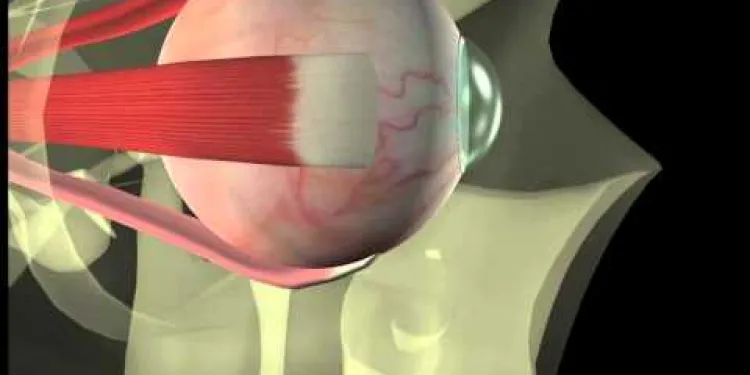
Thyroid eye disease. Squint surgery - The operation
Relevance: 13%
-
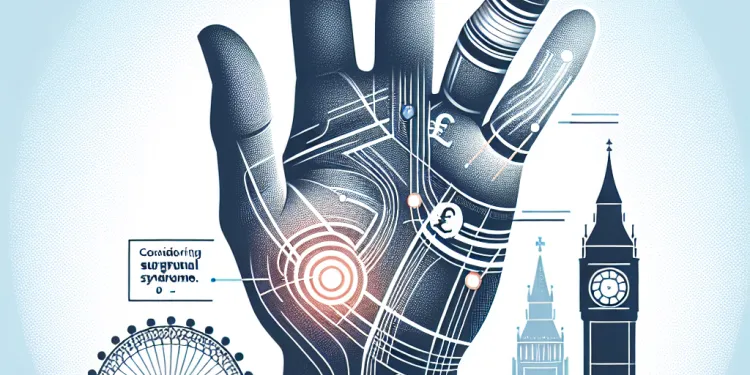
When should I consider surgery for Carpal Tunnel Syndrome?
Relevance: 13%
-

On the day of your cataract surgery
Relevance: 13%
-
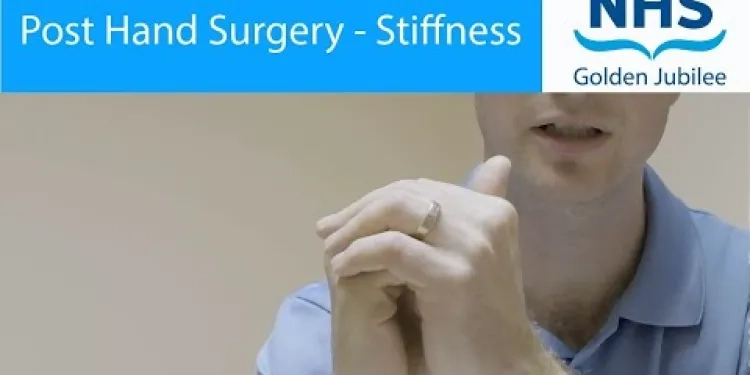
Post hand surgery - Stiffness management and trigger finger
Relevance: 13%
-

What does Carpal Tunnel Syndrome surgery involve?
Relevance: 12%
-

How do I prepare for hip replacement surgery?
Relevance: 12%
-

What is the recovery time after Carpal Tunnel Surgery?
Relevance: 12%
-

What is minimally invasive hip replacement surgery?
Relevance: 12%
-

Can appendicitis be treated with antibiotics?
Relevance: 12%
-

What are the risks associated with hip replacement surgery?
Relevance: 12%
-

Can appendicitis go away on its own?
Relevance: 12%
-

Inpatient Surgery at North Bristol NHS Trust
Relevance: 12%
-
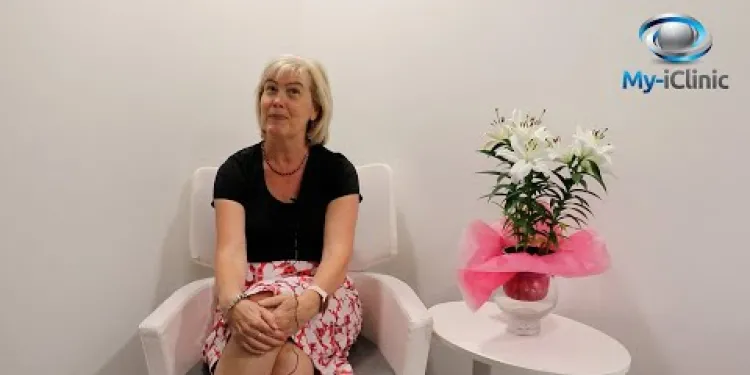
Cataract surgery can resolve life long short-sightedness?!
Relevance: 12%
-

How long does a hip replacement surgery take?
Relevance: 12%
-

How much does hip replacement surgery cost in the UK?
Relevance: 12%
-

Can postnatal depression recur after treatment?
Relevance: 11%
-

Undergoing day case surgery at University Hospitals Bristol
Relevance: 11%
-
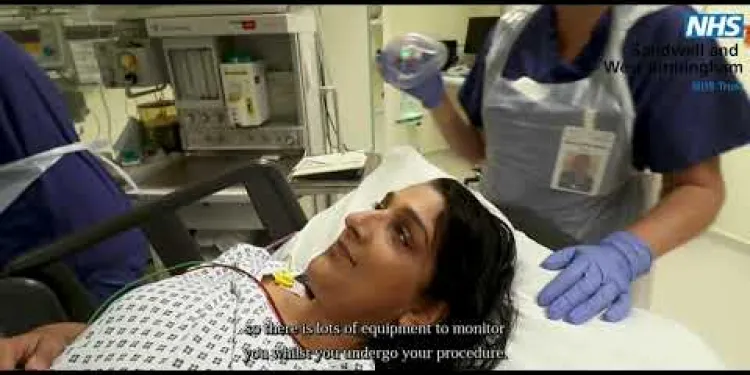
What to expect when visiting our hospitals for surgery | Theatres
Relevance: 11%
-
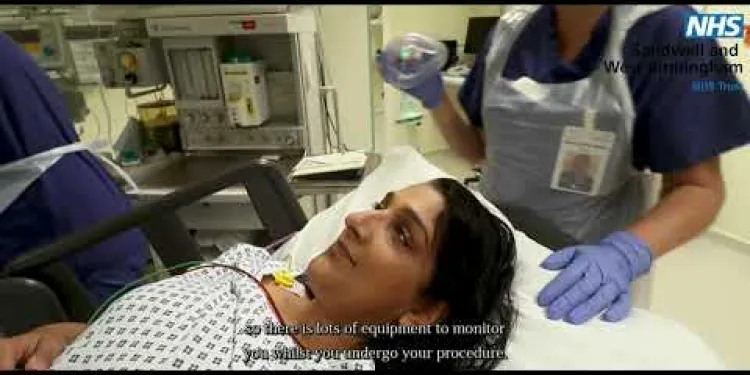
What to expect when visiting our hospitals for surgery | Theatres
Relevance: 11%
-
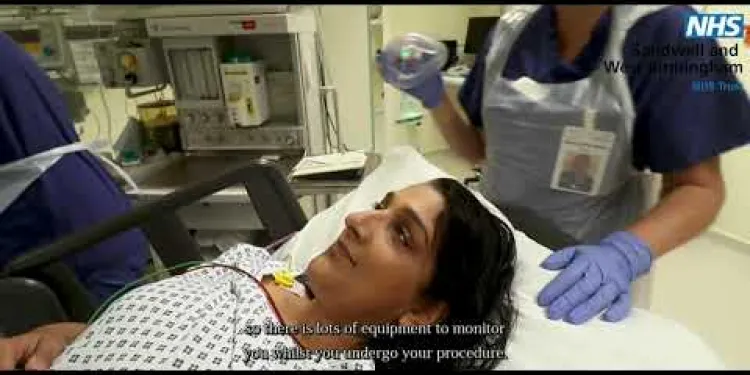
What to expect when visiting our hospitals for surgery | Theatres
Relevance: 11%
-

NHS Faces Backlash Over Record-Breaking Surgery Waiting Times
Relevance: 11%
-

What type of anaesthesia is used during hip replacement surgery?
Relevance: 11%
Evidence-Based Interventions: Tonsillectomy for Recurrent Tonsillitis Surgery
Introduction
Tonsillectomy, the surgical removal of the tonsils, is a common procedure in the UK, primarily intended for individuals suffering from recurrent tonsillitis. This intervention has evolved with evidence-based practices to ensure the highest level of patient safety and efficacy.Understanding Recurrent Tonsillitis
Recurrent tonsillitis is characterized by multiple instances of inflamed tonsils within a year, usually caused by bacterial or viral infections. Symptoms include severe throat pain, difficulty swallowing, fever, and swollen lymph nodes. Chronic tonsillitis significantly impacts quality of life and can lead to complications like sleep apnea or peritonsillar abscesses.Indications for Tonsillectomy
The decision to undergo a tonsillectomy is guided by specific clinical guidelines. According to NICE (National Institute for Health and Care Excellence), the surgery is recommended when patients have experienced seven or more episodes of tonsillitis in a year, five or more episodes per year over two years, or three or more episodes per year over three years. Additional indications include obstructive sleep apnoea, quinsy (abscess), or malignancy.Evidence-Based Practices in Tonsillectomy
Evidence-based interventions have contributed to the refinement of the tonsillectomy procedure. Techniques like cold dissection and coblation are employed to minimize tissue damage and bleeding. Moreover, perioperative care standards emphasize optimal pain control, smoking cessation, and advising patients on hydration and rest post-surgery. The use of antibiotics post-tonsillectomy is determined on a case-by-case basis to prevent unnecessary usage and resistance.Risks and Benefits
While tonsillectomy effectively reduces the frequency of recurrent tonsillitis episodes, it carries potential risks such as bleeding, infection, and adverse reactions to anesthesia. However, most complications are manageable with prompt medical attention. Recovery typically spans one to two weeks, during which patients are advised to avoid strenuous activities.Conclusion
In the UK, tonsillectomy remains a vital intervention for those suffering from recurrent tonsillitis, backed by stringent evidence-based guidelines to maximize patient outcomes. By adhering to clinical criteria and utilizing advanced surgical techniques, healthcare providers strive to ensure the safety and well-being of patients undergoing this procedure.Evidence-Based Interventions: Tonsil Removal for Sore Throats
Introduction
Tonsil removal is a surgery to take out the tonsils. It is common in the UK for people who keep getting sore throats. This surgery now uses good practices to keep patients safe and make sure it works well.Understanding Recurrent Tonsillitis
Recurrent tonsillitis means getting sore throats with swollen tonsils many times in a year. It is caused by germs like bacteria or viruses. Symptoms are bad throat pain, hard time swallowing, fever, and swollen neck glands. It can make daily life hard and cause big problems like trouble breathing during sleep or pus pockets around the tonsils.When to Have Tonsil Surgery
Doctors follow certain rules to decide if you need tonsil surgery. In the UK, you might need it if you have seven or more sore throat episodes in a year, five per year for two years, or three per year for three years. Other reasons include trouble breathing during sleep, pus near tonsils, or cancer.Safe Tonsil Surgery
Doctors use safe ways to do tonsil surgery. They use methods like gentle cutting to reduce damage and bleeding. After surgery, patients get tips on pain control, avoiding smoking, and taking breaks with lots of drinks. Medicine to stop infection is used only if needed to avoid overuse.Risks and Benefits
Tonsil surgery helps stop many tonsil problems, but there are risks like bleeding, infection, or problems with sleep medicine. Most problems can be fixed if you get help quickly. Healing usually takes one or two weeks, and you should rest and not do hard activities.Conclusion
Tonsil removal is important for people with many sore throats in the UK. It follows strict rules to make sure patients are safe and get better results. By following these rules and using advanced surgery methods, doctors aim to keep patients safe during this surgery.Frequently Asked Questions
What is a tonsillectomy?
A tonsillectomy is a surgical procedure to remove the tonsils, which are two lymph nodes located at the back of the throat.
Why is a tonsillectomy performed?
A tonsillectomy is often performed to treat recurrent tonsillitis, obstructive sleep apnea, or other related conditions that affect breathing or swallowing.
How is recurrent tonsillitis diagnosed?
Recurrent tonsillitis is typically diagnosed based on the frequency and severity of infections. It is defined as having multiple episodes (e.g., over seven episodes in one year, five episodes per year over two years, or three episodes per year over three years).
What are the risks of a tonsillectomy?
Risks can include bleeding, infection, reactions to anaesthesia, swelling that causes breathing difficulties, and, in rare cases, damage to nearby tissues.
What should I expect during the recovery period?
Recovery usually takes about 1-2 weeks. You might experience throat pain, ear pain, bad breath, and minor bleeding. It is important to follow the postoperative care instructions provided by your healthcare professional.
Are there non-surgical alternatives to treating recurrent tonsillitis?
Yes, non-surgical treatments can include antibiotics to treat infections, pain relief medications, and management strategies like improving hydration and rest. However, these are often less effective for those with frequent recurrences.
Is a tonsillectomy effective in preventing tonsillitis?
A tonsillectomy can significantly reduce the frequency and severity of throat infections in individuals with recurrent tonsillitis.
Will my child outgrow recurrent tonsillitis?
Many children naturally develop stronger immune systems and experience fewer instances of tonsillitis as they grow older. However, for severe and frequent cases, a tonsillectomy may be recommended.
How long does the surgery take?
A tonsillectomy procedure usually takes about 30 to 45 minutes, although preparation and recovery time in the hospital can extend the overall time spent.
Can adults undergo a tonsillectomy?
Yes, adults can undergo a tonsillectomy. The procedure and recovery might differ slightly compared to children, often involving a longer recovery period.
What is involved in preoperative preparation for a tonsillectomy?
Preoperative preparation includes medical evaluations, discussions about anaesthesia options, fasting before the procedure, and following specific instructions from the surgical team.
What kind of anaesthesia is used for a tonsillectomy?
General anaesthesia is used to ensure the patient is unconscious and pain-free during the procedure.
What measures can be taken to manage pain after the surgery?
Pain can be managed with prescribed pain relief medications, plenty of fluids, cold food and drinks, and avoiding rough or spicy foods that may irritate the throat.
When can normal activities be resumed after a tonsillectomy?
Most individuals can return to normal activities, including work, school, and exercise, within 1-2 weeks after the surgery, but it is essential to follow the surgeon's advice.
What follow-up care is required after a tonsillectomy?
Follow-up care may include a postoperative visit to assess healing, instructions on managing symptoms, and possibly a second check-up to ensure a smooth recovery.
What is a tonsillectomy?
A tonsillectomy is when a doctor takes out your tonsils. Tonsils are small, round things in the back of your throat. This surgery can help if your tonsils hurt or make it hard to breathe or swallow.
If you have questions, ask a parent or teacher. You can also use videos or pictures to help understand.
A tonsillectomy is an operation to take out the tonsils. Tonsils are two small lumps at the back of your throat.
Why do doctors take out tonsils?
Sometimes, doctors take out tonsils to help you feel better. They might do this if:
- Your throat hurts a lot and often.
- You get sick a lot because of your tonsils.
- You have trouble breathing because your tonsils are too big.
If you don't understand, ask a doctor or an adult to explain it to you. You can also draw a picture of what's happening to help you understand better. You might watch a video with an adult to learn more.
A tonsillectomy is when a doctor takes out your tonsils. This can help if you often get sore throats, have trouble sleeping because you can't breathe properly, or have a hard time swallowing.
How do doctors find out if someone has recurrent tonsillitis?
Tonsillitis is when your tonsils get sore and swollen. Recurrent tonsillitis means it happens many times.
Doctors look for signs like:
- Does your throat hurt a lot?
- Do you have a fever?
- Are your tonsils red or have white spots?
Doctors may ask questions like:
- How many times have you been sick this year?
- Does it hurt to swallow?
Tools to help understand:
- A picture of the throat to see what swollen tonsils look like.
- A simple checklist of symptoms to tick off.
Let someone know if you need more help or have questions.
Doctors say you have recurrent tonsillitis if you get tonsil infections a lot. It means you get sick many times, like more than seven times in one year, or five times each year for two years, or three times each year for three years.
Helpful tools: Ask someone to help read the information. Use a dictionary to understand tricky words.
What can go wrong when taking out tonsils?
Doctors sometimes need to take out your tonsils. This is called a tonsillectomy. But, like with any surgery, things can sometimes go wrong.
Here are some things that might happen:
- Bleeding: There might be some bleeding where the tonsils were taken out. If this happens, tell a doctor.
- Sore Throat: Your throat might hurt after. Drinking cold drinks can help.
- Infection: Sometimes, the area can get infected. If it gets really red and painful, see a doctor.
- Feeling Sick: You might feel sick or dizzy after the surgery. Rest and drink water if this happens.
It's important to have a grown-up help you if you feel any of these. They can call the doctor if needed.
There are some things that might go wrong. You might bleed, get an infection, or have a bad reaction to the medicine that makes you sleep during an operation. You might also have swelling that makes it hard to breathe. It is very rare, but sometimes things nearby can get hurt too.
What will happen when I am getting better?
Getting better usually takes about 1-2 weeks. You might feel a sore throat, earache, have smelly breath, and a little bleeding. It is important to follow the care rules given by your doctor.
Here are some helpful tips:
- Drink lots of water.
- Eat soft foods like soup and yogurt.
- Take your medicine if you feel pain.
- Rest a lot.
Can you treat tonsillitis without surgery?
Yes, there are ways to help without surgery. You can take medicine called antibiotics to fight infections. You can also take medicine to help with pain. Drinking lots of water and getting enough rest can also be helpful. But sometimes, these ways don't work well if the problem keeps coming back.
Does taking out tonsils stop sore throats?
Having your tonsils taken out can help make your throat feel better. It stops you from getting a sore throat often and helps make the pain not as bad.
Will my child stop getting tonsillitis again and again?
Some children get sore throats a lot because of tonsillitis. This means their tonsils, which are at the back of the throat, get swollen and sore. As children get older, they often get tonsillitis less often. Most children will feel better as they grow up.
It can help to see a doctor if your child keeps having tonsillitis. The doctor can give advice and find the best way to help. Some children might need their tonsils taken out by a doctor. But this is not needed for all children.
Helpful tools like picture books and simple charts can make it easier to understand what tonsillitis is. Also, talking with the doctor in a simple way can help you know what to do.
As children grow up, their bodies get better at fighting germs. This means they might get sore throats less often. But if a child gets sore throats a lot or very badly, a doctor might say taking out the tonsils is a good idea.
How long will the surgery take?
The surgery will take a short time.
Usually, it takes between 1 and 2 hours.
Doctors and nurses will take care of you.
If you want, you can ask family or friends to support you.
A tonsillectomy is when doctors take out your tonsils. It usually takes 30 to 45 minutes. But getting ready and resting in the hospital might make you stay there longer.
Can grown-ups have their tonsils taken out?
Yes, grown-ups can have their tonsils taken out. This is called a tonsillectomy. It is a surgery to remove your tonsils. The tonsils are soft lumps at the back of your throat.
If you need help when reading, you can:
- Read with a buddy who can help explain things.
- Use a ruler or finger to follow the words.
- Take your time and go slowly.
- Use an app that reads words out loud.
Yes, adults can have their tonsils taken out. This may take longer to get better than for children.
How do you get ready for a tonsil surgery?
Before the operation, the doctors will check your health. They will talk to you about how they will make you sleep during the operation. You will need to stop eating and drinking for a little while before the operation. The doctors and nurses will give you instructions to follow. Listen carefully and ask questions if you need help understanding.
What kind of medicine is used to make you sleep during a tonsil operation?
Doctors use general anaesthesia to make sure you are asleep and do not feel pain during an operation.
How can you help pain feel better after surgery?
Here are some simple ways to manage pain after surgery: 1. **Take medicine**: Doctors may give you medicine to help with the pain. Make sure to take it like the doctor says. 2. **Rest**: Get plenty of rest. Your body needs time to heal. 3. **Ice packs**: Putting ice packs on the sore area can help make the pain less. 4. **Ask for help**: If something hurts a lot, tell your nurse or doctor. They can help you feel better. 5. **Deep breaths**: Take deep breaths to relax. It can help make the pain feel less bad. 6. **Stay positive**: Think happy thoughts. It can help distract you from the pain. Remember, if the pain gets worse, always tell someone who can help.You can help pain by using medicine from the doctor. Drink lots of water. Eat cold foods and drinks. Do not eat spicy or hard foods that hurt the throat.
Here are some things that can help:
- Use an ice pack on your throat.
- Try a straw for drinking.
- Rest and sleep well.
When can you go back to normal activities after a tonsillectomy?
A tonsillectomy is when doctors remove your tonsils. You will need time to rest and heal after the operation.
It is important to listen to your doctor. They will tell you when you can go back to doing normal things like playing or going to school.
Most people can get back to gentle activities, like walking, after a week.
It might take two weeks or more before you can do everything like before.
Ask for help if you are not sure or if you have questions. You can also use picture books or videos to understand better.
Most people can go back to normal stuff like work, school, and exercise in 1-2 weeks after the surgery. But it is very important to follow what the doctor says.
What care do you need after taking out tonsils?
After your treatment, you might have another visit with the doctor to see how you are healing. They will tell you how to take care of any pain or problems you might have. You might also have another check-up later to make sure you are getting better.
It can be helpful to use a calendar or a reminder app to keep track of your follow-up visits. If you need help understanding doctor’s instructions, ask a friend or family member to go with you to your appointments.
Useful Links
- Ergsy carfully checks the information in the videos we provide here.
- Videos shown by Youtube after a video has completed, have NOT been reviewed by ERGSY.
- To view, click the arrow in centre of video.
- Most of the videos you find here will have subtitles and/or closed captions available.
- You may need to turn these on, and choose your preferred language.
- Go to the video you'd like to watch.
- If closed captions (CC) are available, settings will be visible on the bottom right of the video player.
- To turn on Captions, click settings .
- To turn off Captions, click settings again.
More Items From Ergsy search
-

Evidence-Based Interventions: tonsillectomy for recurrent tonsillitis surgery
Relevance: 100%
-

Evidence-Based Interventions: haemorrhoid surgery
Relevance: 43%
-

Help with tonsillitis
Relevance: 38%
-

Evidence-Based Interventions: snoring surgery in the absence of Obstructive Sleep Apnoea (OSA)
Relevance: 36%
-

How to treat tonsillitis | NHS
Relevance: 33%
-

Evidence-Based Interventions: breast reduction
Relevance: 31%
-

Evidence-Based Interventions: injections for non-specific low back pain without sciatica
Relevance: 26%
-

Evidence-Based Interventions: grommets for glue ear in children
Relevance: 26%
-

What is the likelihood of needing surgery for suspected appendicitis?
Relevance: 17%
-

Enhanced Recovery After Surgery in Forth Valley
Relevance: 16%
-

Prostate Surgery
Relevance: 16%
-

Weight Loss Surgery
Relevance: 15%
-

Lumbar surgery | NHS
Relevance: 15%
-

A journey to hip surgery
Relevance: 15%
-

Experiencing delirium after surgery
Relevance: 14%
-

Is surgery necessary for Crohn's disease?
Relevance: 14%
-

How can early intervention help children with autism?
Relevance: 14%
-

Can Carpal Tunnel Syndrome recur after treatment?
Relevance: 14%
-

Thyroid eye disease. Squint surgery - The operation
Relevance: 13%
-

When should I consider surgery for Carpal Tunnel Syndrome?
Relevance: 13%
-

On the day of your cataract surgery
Relevance: 13%
-

Post hand surgery - Stiffness management and trigger finger
Relevance: 13%
-

What does Carpal Tunnel Syndrome surgery involve?
Relevance: 12%
-

How do I prepare for hip replacement surgery?
Relevance: 12%
-

What is the recovery time after Carpal Tunnel Surgery?
Relevance: 12%
-

What is minimally invasive hip replacement surgery?
Relevance: 12%
-

Can appendicitis be treated with antibiotics?
Relevance: 12%
-

What are the risks associated with hip replacement surgery?
Relevance: 12%
-

Can appendicitis go away on its own?
Relevance: 12%
-

Inpatient Surgery at North Bristol NHS Trust
Relevance: 12%
-

Cataract surgery can resolve life long short-sightedness?!
Relevance: 12%
-

How long does a hip replacement surgery take?
Relevance: 12%
-

How much does hip replacement surgery cost in the UK?
Relevance: 12%
-

Can postnatal depression recur after treatment?
Relevance: 11%
-

Undergoing day case surgery at University Hospitals Bristol
Relevance: 11%
-

What to expect when visiting our hospitals for surgery | Theatres
Relevance: 11%
-

What to expect when visiting our hospitals for surgery | Theatres
Relevance: 11%
-

What to expect when visiting our hospitals for surgery | Theatres
Relevance: 11%
-

NHS Faces Backlash Over Record-Breaking Surgery Waiting Times
Relevance: 11%
-

What type of anaesthesia is used during hip replacement surgery?
Relevance: 11%


